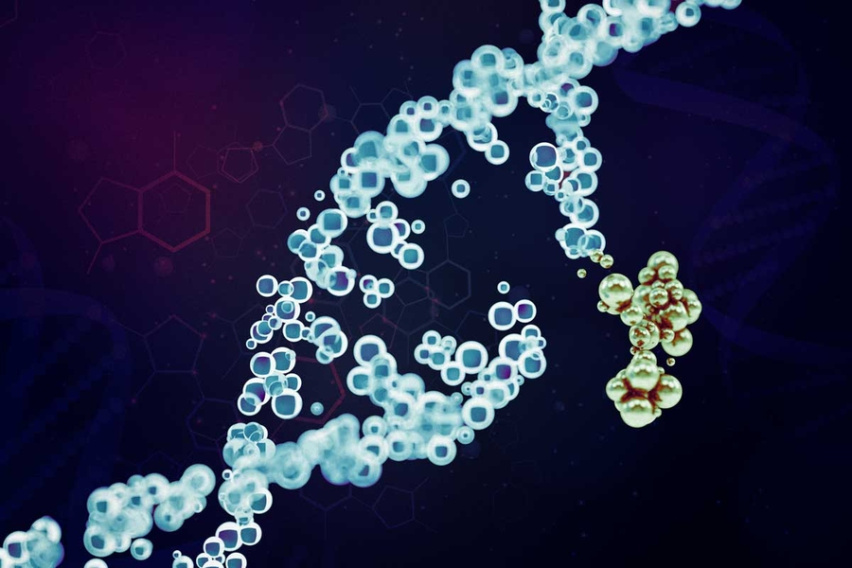MIT News
January 5, 2023
The Koch Institute is delighted to host Fascination of Science, an exhibition by renowned German portrait photographer Herlinde Koelbl. Having interviewed dozens of top scientists from around the world, Koelbl has captured the essence of their inspiration and pursuits of knowledge. View selected portraits, including those of KI members Sangeeta Bhatia, Ed Boyden, Robert Langer, and Robert Weinberg, in the Koch Institute Public Galleries through the end of January 2023.
The installation was produced by the German Consulate General Boston.
